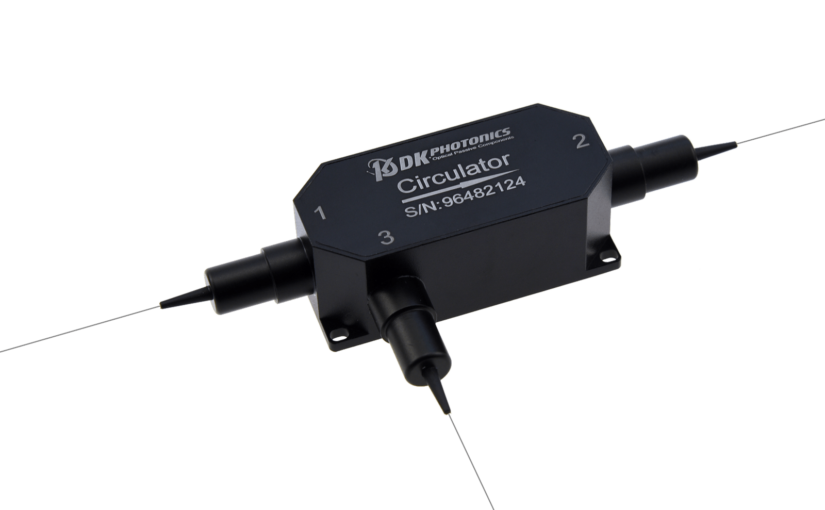A 980nm inline polarizer is an optical component that is used to selectively reflect or transmit light of a particular polarization or convert non-polarized light into polarized light. The most common use for a 980nm inline polarizer is in devices that require high levels of light intensity, such as lasers and fiber-optic communication systems.
What is an inline optical polarizer?
An inline optical polarizer is a device that is used to control the polarization of light. This type of polarizer is designed of small pieces of cable placed in-line with the fiber which ultimately helps in polarizing the light passing through this component.
The inline optical polarizer can be used to control the polarization of light that is transmitted through it. This allows for precise control over the amount of light that is transmitted. The inline optical polarizer can also be used to change the polarization of light. The polarization of light can be changed from horizontal to vertical or vice versa.
How does an inline optical polarizer work?
An inline optical polarizer is a device that is used to control the polarization of light. It can be used to either reflect or transmit light depending on the desired effect. The main purpose of an inline optical polarizer is to create polarized light, which can then be used for various applications such as optical communications, microscopy, and more.
What are the uses of inline optical polarizers?
Inline optical polarizers are specifically designed to allow the light with specific polarization to pass through and block the light with orthogonal polarization. This greatly helps in the conversion of unpolarized light into polarized light with a high extinction ratio.
Some of the most popular uses of optical inline polarizers are:
- Analysis of polarization
- Monitoring polarization
- Control polarization
- Signal-to-Noise Ratio (SNR) monitoring
- Polarization mode dispersion monitoring
- Polarization extinction ratio monitoring
- Spectrum filtering, monitoring, and control
- Fiber laser mode-locking
- Polarization interferometry
What are the applications of inline polarizers?
Since inline polarizers can be used in multiple ways, they are used in a wide range of applications, including:
- Fiber amplifiers
- Fiber lasers
- Fiber sensor
- Test and measurement
- Communication systems and more
How to find the best inline polarizers for my application?
To select the most suitable inline polarizers for your application, you need to keep in mind some of the factors mentioned below:
Insertion loss – This is the key factor when buying inline polarizers because it determines the quality of light at the output end. Insertion loss is defined as the loss of light signals while passing through the polarizer. The lower the insertion loss, the higher the quality of life.
Bandwidth – Inline polarizers are available in varying bandwidths for different applications. So, you need to first find out which optical polarizer and fiber can accommodate your specific bandwidth.
Extinction Ratio – The next thing you must note when buying inline polarizers is the extinction ratio. It refers to the ratio of transmission of desired polarization to undesired polarization. Poor ER values can lead to Power Penalty.
Do you need 980nm inline polarizers, 1030nm inline polarizers, 1480nm inline polarizers, or inline polarizers with other specifications? Please connect with DK Photonics.




